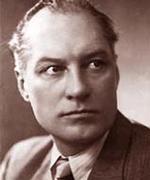
1888 - 1929
Victor Palmov
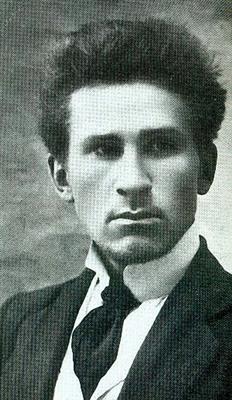
description
A famous artist (painter and graphic artist), art theorist, talented teacher, a prominent figure in the cultural process of the first quarter of the 20th century. A native of Russia, Viktor Palmov is rightly considered a classic of the Ukrainian avant-garde. The artist developed his theory of “colorization” and was the author of several articles on the problems of the theory of new painting, published in the magazine “New Generation”. The master’s works were among those “arrested” and were banned from showing at galleries and museums on a par with the canvases of A. Bogomazov, D. Burliuk, A. Exter, and “Boychukists”.
Key ideas:
– In his article “Problems of colour in the easel picture”, Palmov wrote that the new in painting would be reflected in the use of colour, namely “in the realism of colours, exciting the will in vigorous aspirations with their play”. Studying colour will give new paths to art that will discard the old painting and replace it with “colour painting”. It should, in the opinion of the artist and theorist, be used instead of painting and therefore he considers visual art as a “colour representation”.
– The artist professed the principles of futurism in combination with the impulsiveness of feelings, reflecting the dynamics of the canvas. He confirmed this postulate practically – the artist’s paintings are characterized by, along with intense colour saturation, attention to the transmission of motion. The author’s works have almost no static plots.
– Focusing on spontaneity in his art, the artist developed his painting technology: first, he filled the canvas with coloured spots. Then he placed figurative images on it; they would correspond to the psycho-emotional mood set by the colour.
– One of the features of Palmov’s creative style was his reverent love for “primordial” children’s drawing and folk art. The directness that distinguishes naive creativity is present in most paintings of the artist.
– Starting to substantiate his theoretical principles, Palmov analysed the evolution of expressive means in the easel painting, dwelling on the achievements of Impressionism and Cubism. He often used elements of these styles, creating his painting and graphics styles.
1888
1911
1916
1920
1922
1923
1924
1925
1926
1927
1928
1929
The birth of the artist
He entered the Moscow School of Painting, Sculpture and Architecture
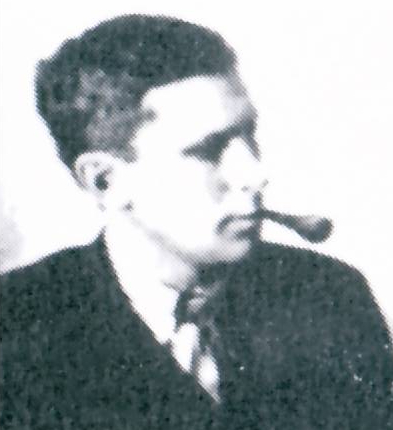
Received the title of artist

Traveled to Japan
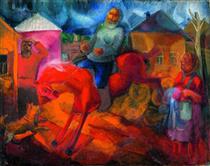
Held a solo exhibition in Moscow
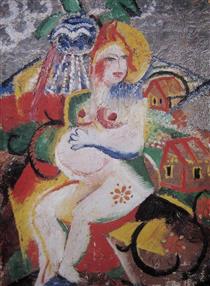
He began cooperation with the Moscow journal LEF
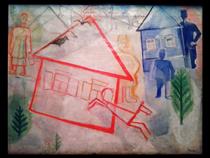
Ran woodworking workshops together with A. Lavinsky
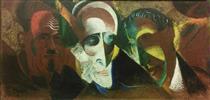
Joined the Association of revolutionary art of Ukraine
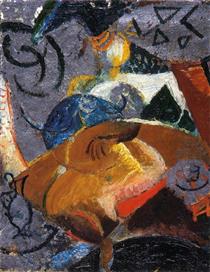
The artist's works were exhibited at the Left Art Exhibition in New York
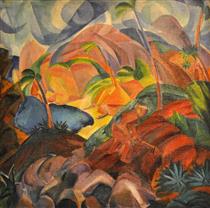
He was one of the participants in the Anniversary Exhibition of the Peoples of the USSR

Participated in the XVI international art exhibition in Venice

The death of the artist

He died on July 7 as a result of an unsuccessful operation. He was buried at the Lukyanovsky cemetery in Kyiv.
Victor Palmov
On Artist
flow
Expressionism
Futurism
Primitivism
Cubism
friends
David Burliuk
Vadim Meller
artists
Paul Gauguin
Vladimir Tatlin
Alexander Bogomazov
Vasily Ermilov
By Artist
flow
Primitivism
friends
Mikhail Boychuk
Alexandra Exter
artists
Alexander Khvostenko-Khvostov
Michael Epstein
Anatoly Petritsky
Peter Luzgin
